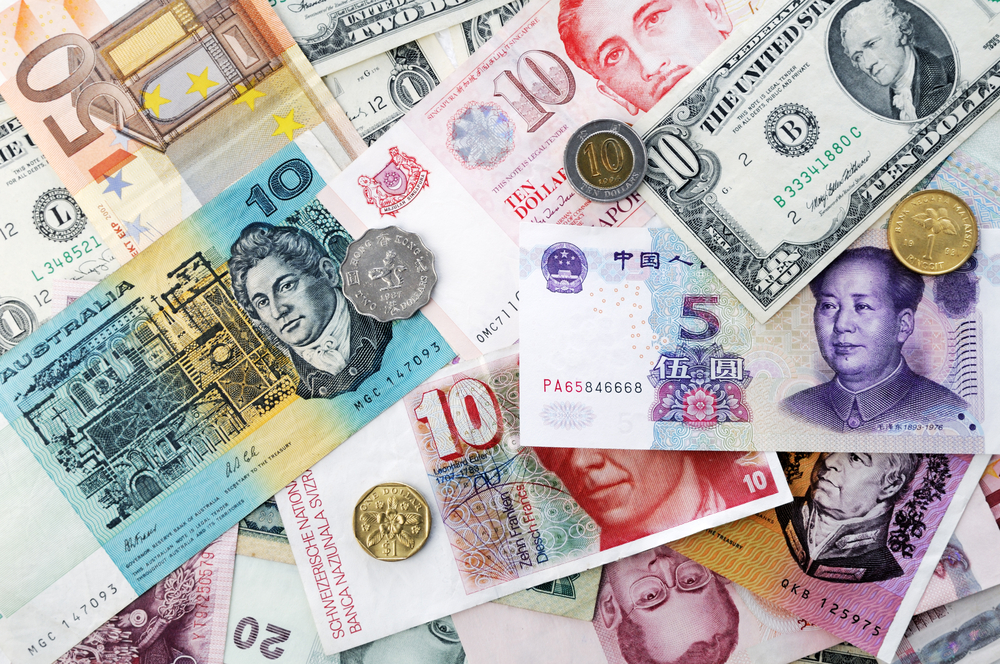Nepal Rastra Bank (NRB), the central monetary authority of the country, has issued the official foreign exchange rates for today, which will serve as a benchmark for financial institutions, importers, exporters, and the general public. The central bank regularly publishes such rates in accordance with international currency movements, regional economic activities, and the country’s financial market needs. The foreign exchange rate, which fluctuates daily, plays a crucial role in determining the cost of international trade, remittances, and tourism-related transactions.
U.S. Dollar Remains Key Foreign Currency
As per the new rates set by NRB, the U.S. dollar continues to hold significant importance in Nepal’s foreign currency exchange market. For today, the buying rate of one U.S. dollar has been fixed at NPR 136.20, while the selling rate stands at NPR 136.80. These rates indicate the cost at which commercial banks and authorized money exchangers will purchase and sell the U.S. dollar respectively.
This update is particularly significant for importers and exporters engaged in trade with the United States, as well as Nepali citizens receiving remittances from abroad or planning to travel to dollar-based countries.
European Currencies Show Slight Variations
European currencies have also shown noticeable fluctuations in today’s exchange rate chart. The Euro, the official currency of the European Union, has a buying rate of NPR 160.63 and a selling rate of NPR 161.34. The British Pound Sterling, another major global currency, is valued higher, with a buying rate of NPR 186.04 and a selling rate of NPR 186.86.
The Swiss Franc, another strong European currency widely used in international finance, has been assigned a buying rate of NPR 171.82 and a selling rate of NPR 172.57. These changes reflect ongoing developments in European economies and their effect on Nepal’s financial environment.
Regional Currencies and Their Impact
Focusing on currencies of Asia-Pacific and Gulf regions, which play a vital role in Nepal’s labor migration and remittance-dependent economy, the exchange rate adjustments hold significant value. The Australian Dollar has been valued with a buying rate of NPR 89.61 and a selling rate of NPR 90.00, while the Canadian Dollar is marked at NPR 100.30 for buying and NPR 100.74 for selling. These rates are closely monitored by those involved in overseas education, trade, and tourism activities in respective countries.
Similarly, the Singapore Dollar has been fixed at NPR 107.00 for buying and NPR 107.47 for selling. The Japanese Yen, one of the most influential currencies in East Asia, is valued at NPR 9.47 for 10 yen in buying and NPR 9.51 in selling. Meanwhile, the Chinese Yuan has a buying rate of NPR 19.02 and a selling rate of NPR 19.10, reflecting ongoing economic exchanges with Nepal’s northern neighbor.
In the Gulf region, where a large number of Nepali workers are employed, the currencies of countries like Saudi Arabia, Qatar, the UAE, and Oman play an essential role. The Saudi Arabian Riyal is valued at NPR 36.32 for buying and NPR 36.48 for selling, while the Qatari Riyal is set at NPR 37.37 and NPR 37.53 respectively. The UAE Dirham, frequently used in remittance transactions, has a buying rate of NPR 37.08 and a selling rate of NPR 37.24.

Additional Currency Highlights
The central bank has also set the exchange rates for several other currencies. The Thai Baht is priced at NPR 4.21 for buying and NPR 4.23 for selling. The Malaysian Ringgit stands at NPR 32.25 buying and NPR 32.39 selling, which is crucial for trade and remittances from Southeast Asia.
In East Asia, the South Korean Won is priced at NPR 10.00 per 100 units for buying and NPR 10.05 for selling. From the Nordic region, the Swedish Kroner has been set at NPR 14.28 buying and NPR 14.34 selling, while the Danish Kroner comes in at NPR 21.53 and NPR 21.62 respectively.
High-Value Gulf and Middle Eastern Currencies
Among the highest-valued currencies listed, the Kuwaiti Dinar stands out with a buying rate of NPR 446.34 and a selling rate of NPR 448.30. Similarly, the Bahraini Dinar is priced at NPR 361.30 for buying and NPR 362.89 for selling. The Omani Riyal, another strong Middle Eastern currency, is listed at NPR 353.77 buying and NPR 355.32 selling.
The Hong Kong Dollar, though lower in value, also holds importance in trade and business, and has been fixed at NPR 17.35 for buying and NPR 17.43 for selling.
Indian Currency Maintains Stability
Given the close economic and geographical ties between Nepal and India, the exchange rate of the Indian Rupee is always a matter of national interest. For today, Nepal Rastra Bank has maintained the exchange rate of INR 100 at NPR 160.00 for buying and NPR 160.15 for selling. This rate remains fixed under the pegged currency arrangement between the two countries and is crucial for daily cross-border trade and transactions.
Flexibility in Rates and NRB’s Role
Nepal Rastra Bank has clarified that while it sets the reference exchange rates for the day, commercial banks may quote slightly different rates based on market demand and operational costs. The central bank also retains the right to revise the published exchange rates at any time, should there be a significant shift in international currency markets.
The daily updated rates are made available on the NRB’s official website and are accessible to the public, financial institutions, and traders alike. The bank has encouraged stakeholders to refer to its official platform for the most accurate and timely information regarding foreign exchange.
Today’s exchange rate publication reflects the dynamic nature of Nepal’s interaction with global currencies. The rates are influenced by international monetary developments, remittance flows, and domestic financial stability, underlining the vital role Nepal Rastra Bank plays in ensuring a balanced and transparent currency exchange system.






